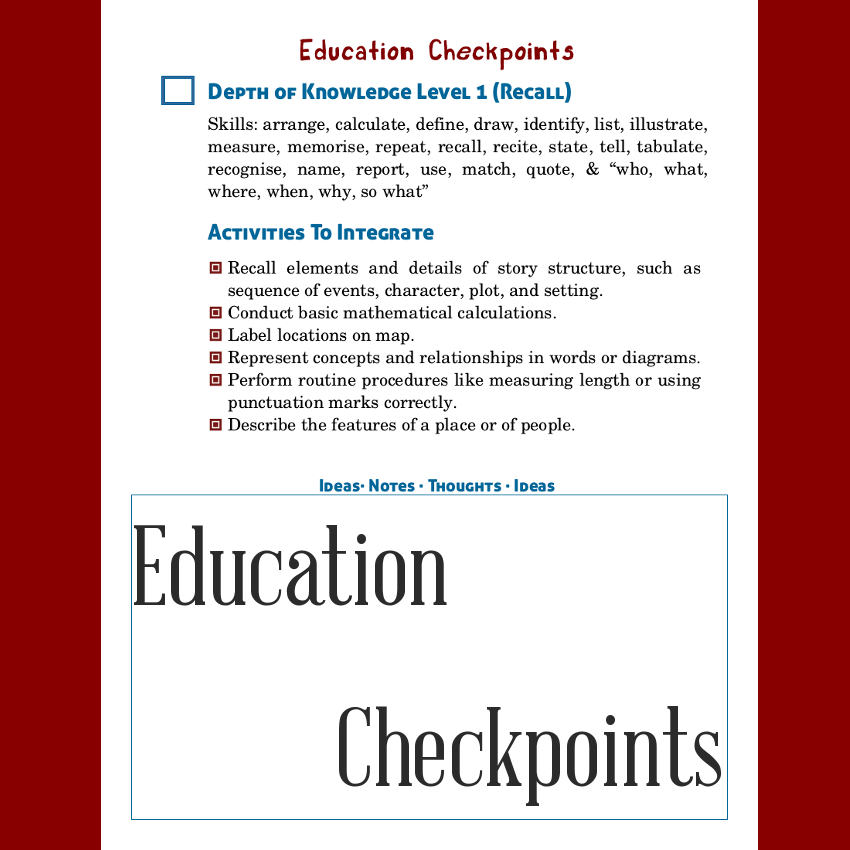We here at Insanitek value the pleasure and passion behind gaining knowledge. We don’t think life should be about stuffing information into your head for a test, while skipping over the purpose of the information. That’s why we made this apprenticeship firm. It’s also why we strive to tie every lesson into a project.
The benefit of this approach, besides giving students a tangible purpose behind the lessons, is to help ready them for the future they will enter into. The Buck Institute for Education couldn’t have said it better on their front page:
Project Based Learning (PBL) prepares students for academic, personal, and career success, and readies young people to rise to the challenges of their lives and the world they will inherit.
Homeschoolers are in a great position to make this pedagogy style their own. Not only do they not have to teach to severely restricted time scales, but they can really dig in and expand beyond the common worksheets and internet research without stress. Below is how we’ve been using it with unschoolers and more traditional schoolers. Feel free to integrate methods from our classes.
The flow is this:
 Find a need. If they are young, it could be something they need, if they are intermediate, it could be something for the family, and if they are advanced in their learning it could be for the community. And example of each might be that a student needs entertainment. They could pick a sport, look into the history of it, the culture surrounding the history, the body mechanics related to playing, etc.
Find a need. If they are young, it could be something they need, if they are intermediate, it could be something for the family, and if they are advanced in their learning it could be for the community. And example of each might be that a student needs entertainment. They could pick a sport, look into the history of it, the culture surrounding the history, the body mechanics related to playing, etc.- Ask more questions. The more advanced the learner is, the more questions you can ask. It is at this stage that you would challenge the student to find the history, culture, body mechanics, etc. The more advanced they are, the more they come up with their own questions as their curiosity takes them.
- Use the real world examples and pose challenges. Many times school projects don’t necessarily have real world implications. But, if you are studying the art of bridges and have them build one, challenge them by having them look up real world information and have them “build” one with “costs” on those materials. In this way they are getting civics, economics, project management, and other skills that are very much part of the real world.
- After Action Review (or analyse and reflect). When the fun is over, the fun continues by having them self-assess how they did. All ages can do this, even if by saying they are satisfied with how things turned out. More advanced students should focus on being analytical on the style, functionality, costs, how they could improve, how it met the needs, etc.
- Revision and release. We’ve all tried our cooking, then added a dash of seasoning before serving it. This is very similar. After analysing the project, the student makes any revisions needed, then releases it to the intended audience for use.
See how perfect this is for homeschooling?!
OK, nerding out about pedagogy aside, we have had a few questions come up during our process of integrating this method of teaching.
Q: What kind of projects can I use this with?
A: Any and all of them that you can dream up questions for and delve into, produce a product or service, and then give it to someone else.
Ex: Craft projects to give away, a meal for the family, a mock up of bridge to go over a landscaping pond, custom content for games, apps or other software, organisation project for friend/family, home projects of any sort, citizen science projects, group projects (4H, Boy Scouts/Girl Scouts, etc.)
Q: Is it safe?
A: As safe as anything else in life. Remember to read directions, MSDS sheets, and other safety material as related to the projects. Then, follow them.
Ex: My yard is looking icky, so my children and I decided to do a soil analysis test, then plan the soil amendments as needed.
Q: How much time and money do I need to commit to this?
A: Depends on the project and level your learner is at.
Ex: Helping a toddler explore shapes is going to be a lot less time and financially consuming than helping a more advanced learner help the church do a captivating landscape that will help modernise the building. However, by that mark, if your advanced learner is more into programming, it will take very little money or to help them find programming books.
Over to you. Any questions you’d have about adding some project based learning to your homeschool?
 And get more free resources from our library while you’re at it.
And get more free resources from our library while you’re at it.
Drop your email below to get the depth of learning checklist we use. This starts with asking what our standards are to reach (state standards are different from job standards), then developing a lesson plan to go from simple recall all the way to discussing like a college student and guidelines to become an expert in their own right.
